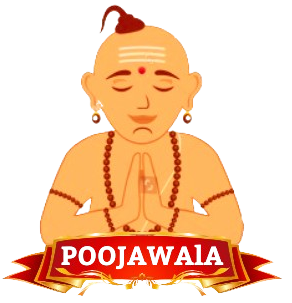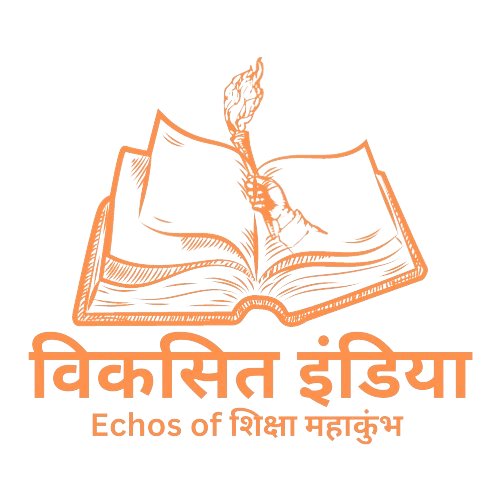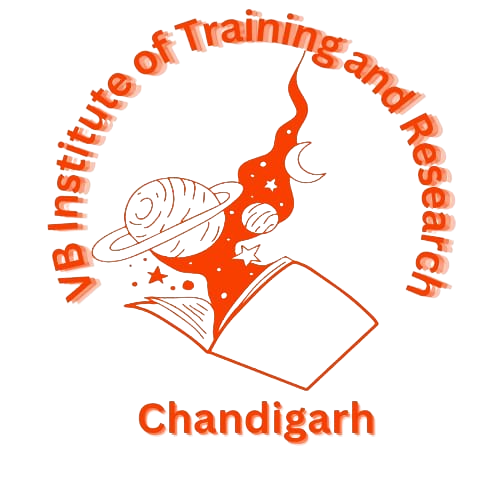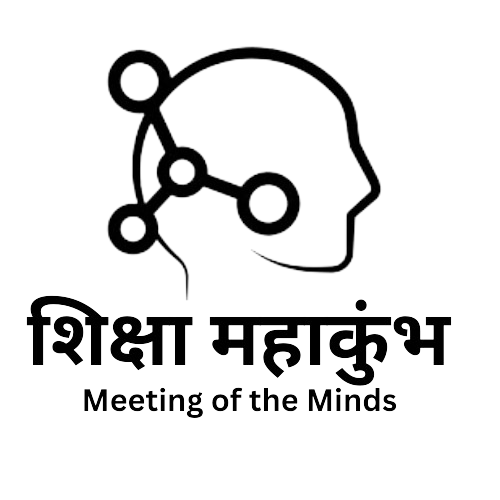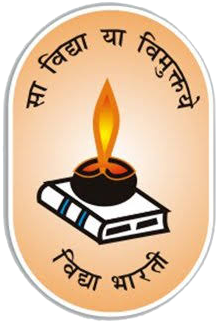
chhath Pooja
Chhath Puja, also known as Chhath, Chhathi, Dala Chhath, and Surya Shasthi, is a festival dedicated to the Sun god (Surya Bhagwan). It is mainly celebrated in Bihar and Uttar Pradesh, as well as in states like Jharkhand, West Bengal, Odisha, Assam, and Bhojpuri-speaking regions, including Mauritius. The festival spans four days and involves rigorous rituals. Let’s explore its significance: Significance of Chhath Puja: Devotees observe a fast and take dips in holy rivers or water bodies at sunrise and sunset. The festival is devoted to Lord Surya (Sun god), believed to sustain life on Earth. Early sunlight is considered healing and beneficial for health. Chhath Puja seeks blessings from Lord Surya for a long, healthy, and prosperous life. Rituals of Chhath Puja: Nahay Khay: Devotees take a holy bath and prepare traditional food. Lohanda and Kharna: Fasting continues, and devotees break their fast after sunset. Sandhya Arghya Shashthi: Evening offerings (arghya) are made to the setting sun. Usha Arghya: Morning offerings to the rising sun. Each ritual symbolizes purification, gratitude, and worship of the Sun God. History of Chhath Puja: The rituals of Chhath Puja find mention in the Vedas and exemplify similar customs. Draupadi, from the Mahabharata, is depicted as observing the same rituals. It is a time-honored tradition that connects people with nature and emphasizes preservation. In Bihar, the Chhath Puja is typically performed by devotees who believe in this great festival of folk faith. During Chhath Puja, they observe a 36-hour hard nirjala fast and offer prayers while worshipping the setting sun. The festival concludes by breaking the fast with the worship of the rising sun in the morning. The rituals are fully traditional, and the puja seeks blessings from Lord Surya (Sun God) for harvest, riches, and well-being.
₹ 2100Newsletter
🌟 Embrace the joy of savings and spiritual bliss. Don't miss out! 💌✨.
Contact

Developed by :
Mr. Yogesh & Ms. Manisa Roy Chowdhury
